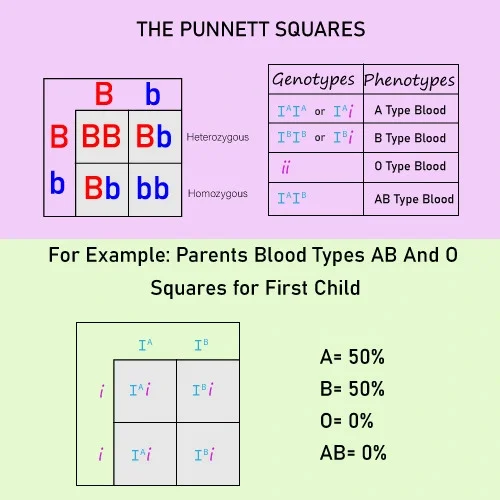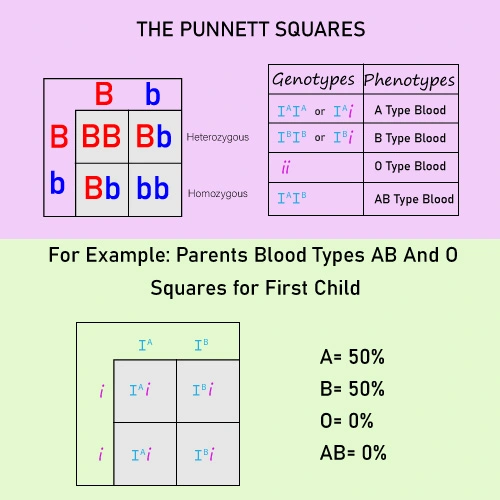Do siblings have the same blood type? This is a question that has puzzled people for centuries. Some say that siblings have the same blood type, while others believe this is not the case.
Blood types are determined by the presence of antibodies in the blood. So, how often do siblings have the same blood type? Well, Siblings share 50% of their genetic material, So there would be fifty-fifty chances to have the same or not same blood type.
However, even if they have different blood types, there is a small chance that they will share a type.
Also, some other components will determine your and your sibling’s blood type. Consider knowing those factors to gather the exact knowledge behind these blood type determinants.
How do siblings have the same blood type?
Since blood type is determined by certain erythrocyte cells in the blood, it is not surprising that siblings may have different blood types.
This is due to the way that blood types are determined.
Each person has two types of blood: A and B.

The two types of blood are found in different parts of the body. Stem cells in your bone marrow create both A and B cells. Siblings inherit one type of each parent’s blood so that they can have any combination of A and B cells.
Blood types are mostly determined by the presence or absence of antibodies to different antigens found in the blood.
For each A, B, AB, and O type, there are two corresponding types: Rhesus (Rh) and non-Rhesus (non-Rh).
Each person has one of these two types, usually determined at birth. However, if a person receives blood from a donor of the same type, they will also have that type. This is because both parents contribute an equal number of each antigen.
Because of how blood typing works, identical twins are almost always B negative and fraternal twins are almost always A positive.
It is a gene that determines blood type
It is a proven medical science thought that Genes determine blood type
Plasma proteins are the building blocks of blood, and they carry the person’s blood type. Your genes determine which plasma proteins you produce and how much. The combination of your plasma protein types determines your blood type.
Siblings may have different blood types because their parents had different ABO blood combinations. Siblings with the same ABO blood type share one common ancestor, who most likely has that same blood type.
The key reasons why siblings normally have the same blood type
Siblings are typically genetically similar because their parents share the same blood type. This is due to random genetic mutations that occur during conception.
It is believed that this happens more often when there is a close relationship between the parents and the child. There are many types of blood group systems.
Most siblings have the same blood type, but there is a small chance that one or more of your siblings might have a different blood type.
This is due to the fact that genetics play a role in how our blood types are determined.
If you have two siblings with different blood types, it’s likely because their parents also had different types.
What is the Relationship between Genes and Proteins?
There is a lot of speculation about how genes and proteins are related.
Some people think that proteins are made from genes, while others believe that the two are intertwined. The truth may be somewhere in between.
However, one thing is for sure: proteins play an important role in genetic expression. For example, histones are proteins that help regulate gene expression.
Also, the human blood type determination depends on the proteins the body makes. Each gene makes a type of protein. A: A version of a gene with different proteins than the B or O version of genes.
For Details; take a look over the relationship between genes and proteins in the determination of Blood type:
How to Figure Out a Siblings Possible Blood Type?
If you’re curious about your sibling’s blood type, there are a few methods you can use to find out. However, most of these are not that reliable. Among all, using the Punnett square model to figure out possible blood type is one of the most reliable methods.
Punnett square is a simple mathematical tool that can help you determine your child’s possible blood type by pairing up the children in your family with the corresponding blood types.

This is a way to calculate the probability of having a child with a certain blood type. It uses sets of two or more couples and pairs them up with their respective blood types.
- The Punnett square for two parents of blood types AB and O, with three children A, B, and 0.
- The probability of a first child with type AB and a second child with type O is 1/4.
- The probability of a first child with type O and a second child with type AB is 3/4.
- The probability of a first child with type O and a second child with type AB is 1/4.
- The probability of a first child with type AB and a second child with type BO is 3/4.
The letters above the Punnett square are used to label the gametes. For example, a gamete with blood type A in one parent and blood type B in the other can be represented as AB or ABO.
The letters A, B, O, and 0 are couples’ symbols. For example, a couple with blood type A can be represented by AB or AO.
Do Siblings have the same blood type with different genetic compositions?
Surprisingly, siblings can have different blood types, even if they have the same genetic composition.
Siblings share about 50% of their DNA and so can have a variety of genetic compositions.
This can result in them having different blood types. It is not clear why this happens, but it seems to be due to a combination of factors, including environmental exposures and random mutations during development.
Phenotypes are the observable characteristics of an organism that differ from individual to individual.
These differences can be genetic or environmental and can be due to variations in how a gene is expressed or in the environment in which a person lives.
This can have a great effect on determining different blood groups of siblings.
Phenotypes can be simple eye color, complex (susceptibility to a disease), or X-linked (due to inheritance from a mother).
People often ask; can siblings have the same blood type or not. As we already know what the factors that determine different blood types of siblings are, it can also work behind determining the same blood types as well.
Wrap Up:
Siblings have different blood types, but this doesn’t always mean they won’t get along. Blood type can be a strong indicator of personality traits, and antibodies can also play a role in immunity. Interestingly, if the siblings would be twin then the chances would be more obvious to have the same blood types and eye colors. However, chances are pretty less when can twins have different eye color or blood types.
It has different factors that can predict whether either sibling will have similar blood types or not. It can depend on the genes, environment, blood donations, and other genetic factors. Understanding these factors will help determine a child’s possible blood type.
